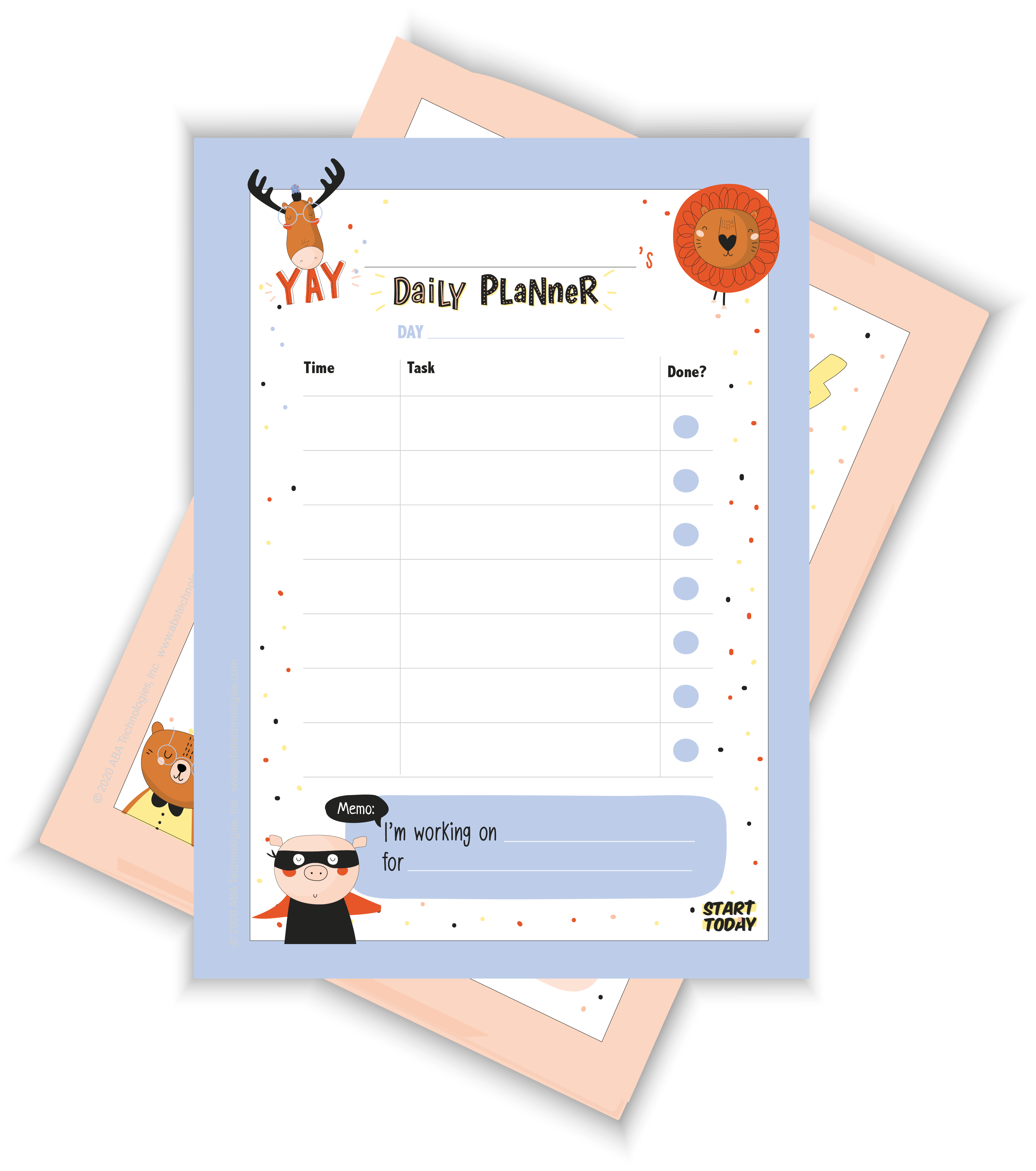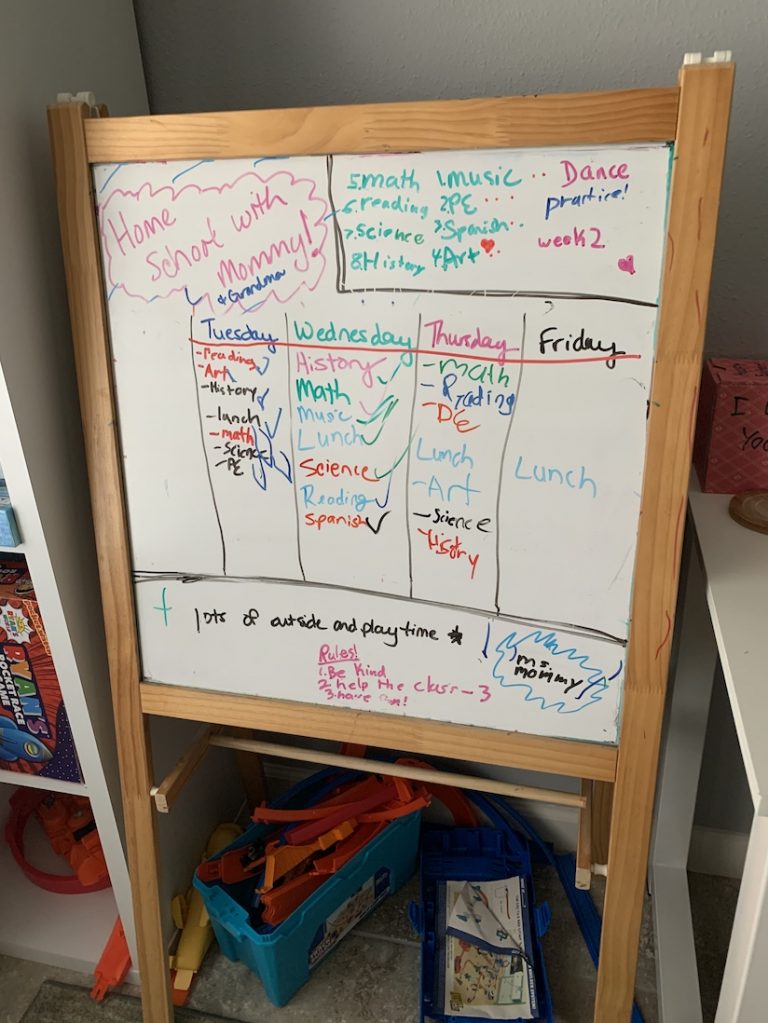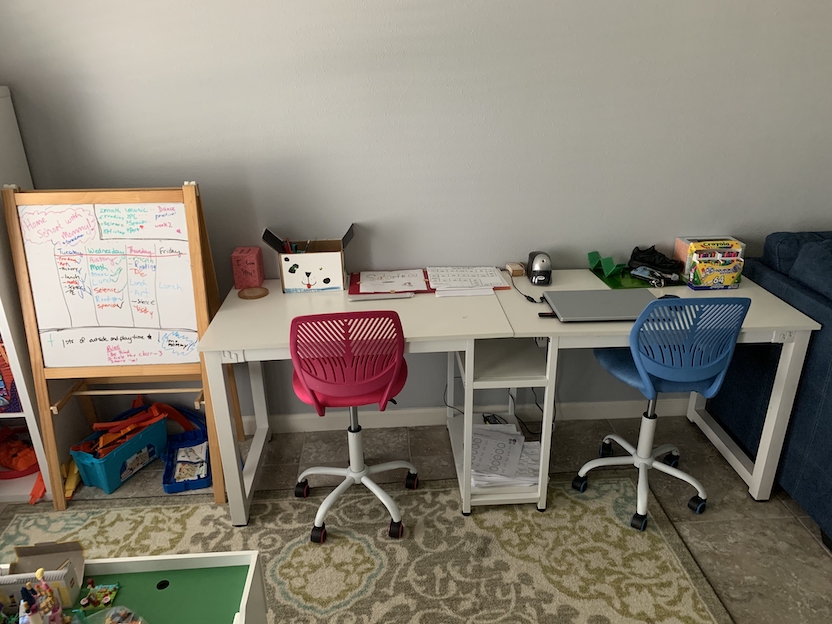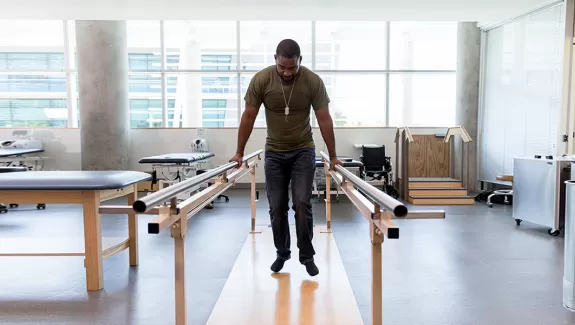
COVID-19 Survival Guide for Caregivers
It’s COVID-19, and everyone is talking about new shows to binge-watch or new hobbies to start. How nice. But you’re a parent working from home with three kids under the age of 10. New hobbies? TV shows? That’s a foreign language to you. You’re lucky if you and your kids get any work done without setting the house on fire or losing a limb. Tempers are rising, toilet paper supply is running low, and we are all just trying to make it through this quarantine. However, you can establish some form of normalcy while being stuck at home. Caregivers in the community have shared challenges and tips they have discovered while working from home and helping their kids with school instruction. Don’t worry! It’s a quick read so you can get back to having one eye on your kids getting paint on your wood floors and one on your spreadsheets for work.
The Challenges
- Balancing computer time between parents and kids
- Managing time between schoolwork and play
- Motivating kids to work
- Getting kids to work for longer periods of time
- Coordinating schedules between caregivers
The list goes on . . . But there’s hope! Here are a few ways to coordinate the chaos.
The Survival Guide for Caregivers

- Daily Schedule—Set up a daily schedule and post it somewhere you and your kids can see.
- Spend time on Sunday nights to map out the whole week’s schedule.
- Establish times when each caregiver is available to help. (Agree on these times with other caregivers first.)
- Designated Workspace—Designate a consistent workspace established for schoolwork to take place.
- Set up one for yourself too, so your child knows when you are in that space, you are working.
- Brain Breaks—Give your child (and yourself) brain breaks every 20-30 minutes of work.
- These should be something active: like a dance video, drawing tutorial, karaoke song, 5-minute jump on the trampoline, blowing bubbles, or even a healthy snack.
-
- Note: There are a lot of free, online options like GoNoodle, Cosmic Kids Yoga, and Art for Kids Hub.
-
- Brain breaks should last between 5-10 minutes. Setting a timer for this may help everyone get back to work afterward. You can even call it “recess.”
- You may have your children choose what their brain break will be before they start working. (Give them options that are okay with you.)
- These should be something active: like a dance video, drawing tutorial, karaoke song, 5-minute jump on the trampoline, blowing bubbles, or even a healthy snack.
- Choice—Allow your stay-at-home students to choose the order to work on things. When you start the day, let them choose which subject they want to do during each of the work times and put it in the daily schedule.
- Schoolwork First—Try to get all schooling done earlier in the day.
- Be Prepared—Print out worksheets ahead of time for kids with siblings who also need the computer.
- Incentives—Give them incentives to work for: (for example, a small treat from the treat box after work for each subject is done, or a bigger incentive for the end of the week). Write it down, so they can see what they’re working for.
- Like a trip to Target curbside pick-up to get something, they chose to work for ($5 or less).
-
- Note: This gets you out of the house for a bit, and you can pick up some incentive (wine) for yourself too.
-
- Clearly define requirements for earning these and don’t sway from them!
- Like a trip to Target curbside pick-up to get something, they chose to work for ($5 or less).
- Establish a Routine—The first few days of establishing a routine might be tough, but don’t give up! Create a schedule that works best for you.
 Download our template, print it out and put in a page protector, and use as a dry-erase daily schedule. You can write in the times and have your child fill in parts themselves.
Download our template, print it out and put in a page protector, and use as a dry-erase daily schedule. You can write in the times and have your child fill in parts themselves.
- You can even make one for yourself, so your child can see when you are busy working too. Model, model, model!
- You can also use a sheet to list the incentive they are working for and post it where they can see.
Real Emails from Caregivers
“It’s so lovely to hear from you! I can’t really help you, I’m afraid. I’m barely hanging on by a thread. Two of my kids are homeschooling, doing most of their stuff in online apps like iReady. I am attempting to work full time, but have greatly diminished productivity because I also have a 4-year-old who cannot be distracted by learning apps or video games or even TV, and he keeps trying to a) kill himself or b) set the house on fire, so I mostly split my time between my classes and him. I assume my other two are . . . probably playing Minecraft. Well, I suppose I answered one of your questions, “How do you work and homeschool and entertain a toddler all at the same time?” Well, here’s my real-world answer: wine and prayer (for the end of the semester to come as fast as possible).”
“I am at home with a 7-year-old who receives special education services and has behavioral issues, which presents a number of challenges for both of us! Maintaining a schedule has been the key to our success. We have a daily routine that is outlined in a chart, and he works for stickers. The stickers lead up to a "prize" at the end of the week (something that we can pick up through Target pickup). I do give him the agency to choose which task he will tackle next. MOST days we get everything done. But I am giving us both some leeway as I am still working full time. However, every morning he acts like this whole thing is new! lol ahhhh One of the most important things for us is staying active. I make sure that we have "brain breaks" (that are physical) in between subjects and that he has "gym" for 30 minutes a day.(Gym is usually me putting up a Kid's Youtube yoga video or a bike ride.) One of the challenges is getting him to understand that this is "real" school. The grades count. We have to do this work. Your teacher is checking it.”
**Name of the child below has been changed** “So, I have it pretty easy as I only have one, and she is a 9-year old and responds well to rules, plans, and agendas. I am also very lucky that I have help. Her dad is usually able to be home in the mornings to get her started. Her mom is also a big help, as she has Olivia at her place every other week and helps her with school when Olivia is with her. We usually try to make a simple, high-level schedule on Sunday, so we all have an idea of how our days will look, and Dad and I can plan who will be available for Olivia on what day/time if she needs help. Something else that works well is, the day before, giving Olivia a choice of what she wants to work on first the following day: social studies or math, for example, or maybe all social studies the next day, and all math the next day. She loves creating to-do lists and checking things off, so she often does that and loves showing it to us. It also helps to give her ideas for activities she will do when she is done with her schoolwork, since she is usually done when Dad and I are still working. So, she will add those to her list, which is fun for her and keeps her busy when we are still working. I realize I never specified my response to question one. The new challenges have been coordinating schedules with my husband to determine who will be available for Olivia if needed and keeping Olivia busy/entertained when Dad and I are both working, and she is finished for the day.”
“New challenges include trying to keep the kids entertained while I complete my work, balancing their work assignments and my responsibilities. I do have help in that the kids’ grandmother is retired and spends the school/workdays helping. The kids are not able to navigate the instruction, so having two kids means getting one started and then shifting back to the other over and over. It is hard to keep them on task when you have to help the other. The kids, particularly the kindergartener, challenges by saying he doesn’t know how, saying he is bored/tired, or rushes through assignments. Grandma has a hard time balancing what he can do/setting expectations against being Grandma and having her fun/nurturing relationship. She often won’t challenge which means Mom has to check work and at times require rework. This is especially true regarding his handwriting. His teacher sent specific prompts she uses to help with writing: “Remind him to sit up straight, two feet on the floor, turn the paper, pincer-grip the pencil, and do your best handwriting.” It was amazing that using her words resulted in a huge improvement in his writing. We have broken up the day per the school’s advice that school should be about 3 hours per day. We work on two core topics, such as reading, math, history, and science in the morning and two in the afternoon. We also fill in the morning and afternoon with one activity—Spanish, art, music, or P. E. So, effectively, in a 90-minute timespan in the morning, the kids cover two core topics and one activity. Then we break for lunch and “relax time” followed with 90 more minutes of the remaining two core subjects and one more activity. Often YouTube videos link to like topics, and if we are not using the full 30-minutes we can allow the kids to fill in the time with more on a topic. The kids decide the schedule each day. So, they have some choice whether to begin with math or reading. They mark off when it is complete, so they know what’s next. The kids earn access to tv, video games, and toys once schoolwork is complete. We have a designated workspace for the kids that they don’t really use for anything but schoolwork. The teachers review the work at the end of the two weeks and send us feedback. I do wish that it was a bit more frequent just because it took two weeks to hear that my son’s handwriting was not his best. Given I wasn’t seeing the work every day, I am not sure what the expectations are for the kids’ work; without the insights from the teachers, it is hard to gauge.”
We have broken up the day per the school’s advice that school should be about 3 hours per day. We work on two core topics, such as reading, math, history, and science in the morning and two in the afternoon. We also fill in the morning and afternoon with one activity—Spanish, art, music, or P. E. So, effectively, in a 90-minute timespan in the morning, the kids cover two core topics and one activity. Then we break for lunch and “relax time” followed with 90 more minutes of the remaining two core subjects and one more activity. Often YouTube videos link to like topics, and if we are not using the full 30-minutes we can allow the kids to fill in the time with more on a topic. The kids decide the schedule each day. So, they have some choice whether to begin with math or reading. They mark off when it is complete, so they know what’s next. The kids earn access to tv, video games, and toys once schoolwork is complete. We have a designated workspace for the kids that they don’t really use for anything but schoolwork. The teachers review the work at the end of the two weeks and send us feedback. I do wish that it was a bit more frequent just because it took two weeks to hear that my son’s handwriting was not his best. Given I wasn’t seeing the work every day, I am not sure what the expectations are for the kids’ work; without the insights from the teachers, it is hard to gauge.”



